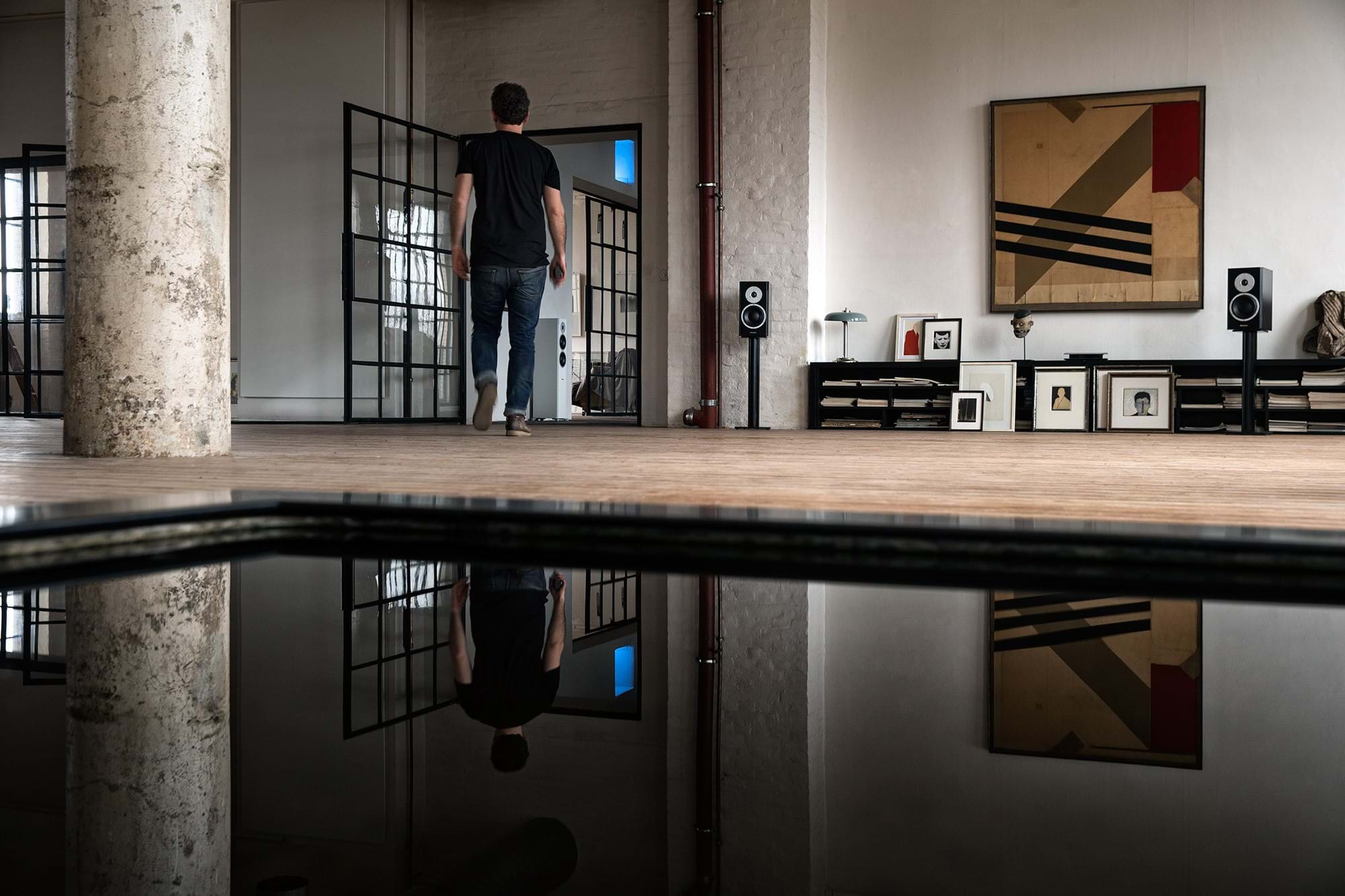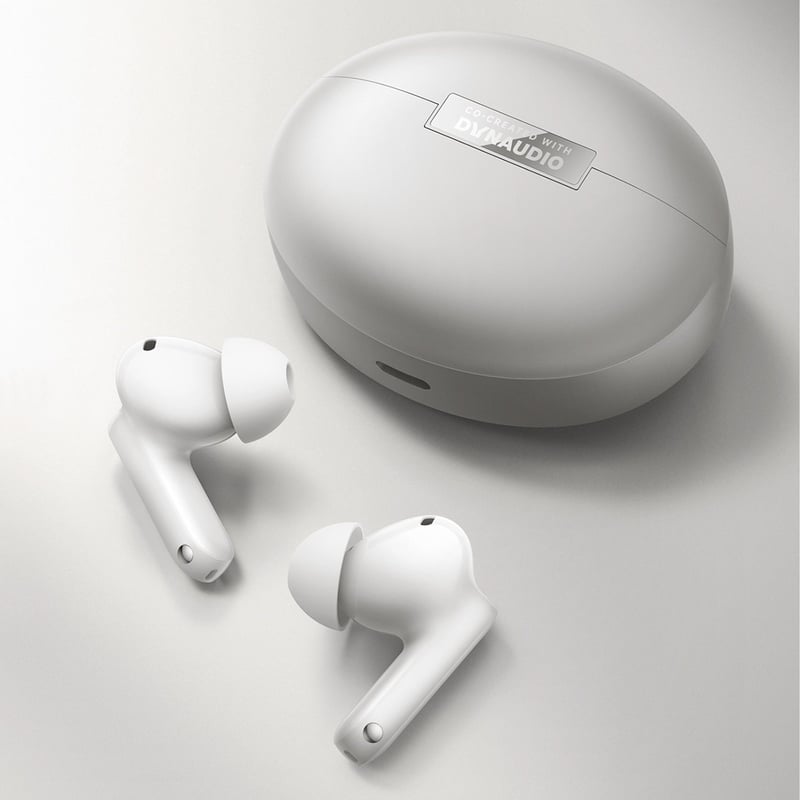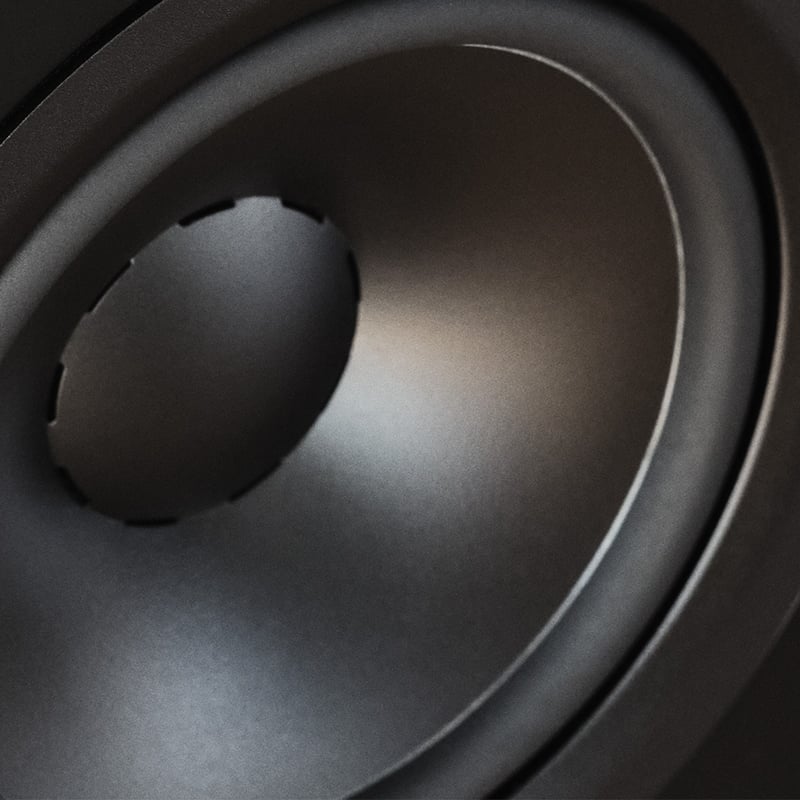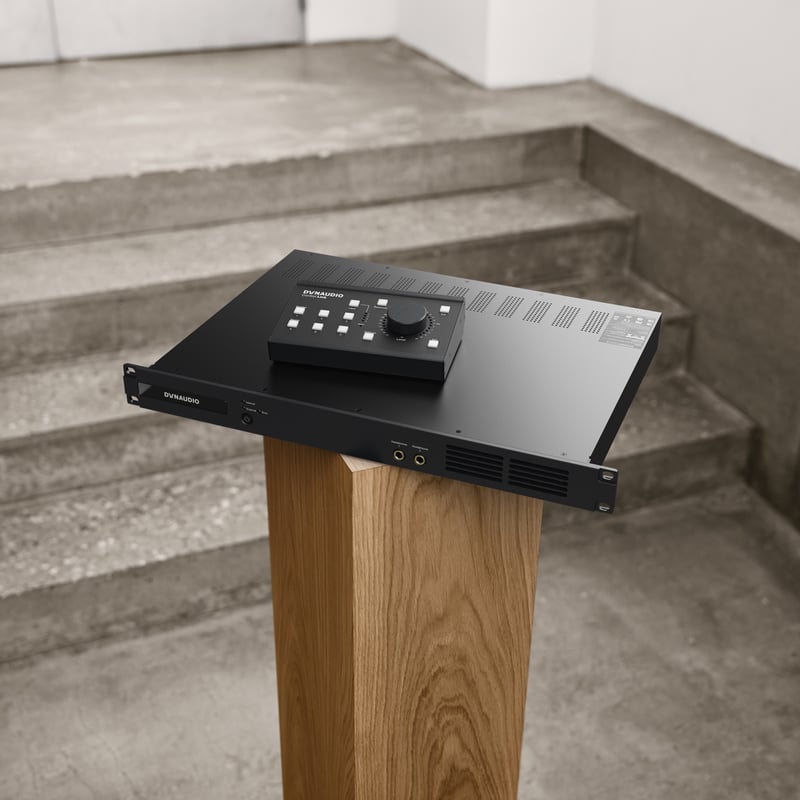That’s why we have teamed up with TIDAL, so that when you buy a pair of digital speakers, which could be our Focus XD series, you get a free three-month HiFi subscription: to give you the best possible streaming experience with your new digital speakers. TIDAL lets you stream your favorite tracks and playlists in lossless high fidelity quality directly from your playback device to your speakers.
Learn more about our free three-month HiFi subscription
But why should you care about lossless high fidelity audio, we already have our MP3 audio format that has a proven track record: it’s easy to stream and doesn’t take up any space on your playback device. But best of all, it sounds great, doesn’t it? … or does it really?
To get a better idea of all of this, I sat down with Pål Bråtelund, Strategic Partnership Manager at TIDAL, to better understand what MP3, FLAC, and lossless audio are all about.

- Hi Pål, thanks for taking the time to speak with me. So, I guess that most people know MP3, but could you explain why MP3 was created and what it actually is?
MP3 was created to overcome one basic problem: send audio through an infant Internet based on dial-up modem. It was created in such a way that your experience should be as close to the original as possible using the knowledge we had about psychoacoustics in the early nineties.
You can think of MP3 like this: you went to the furniture shop and bought some big shelves. But your car is tiny. Instead of getting a bigger car, you cut off the top and the bottom until it fits in your car. That’s lossy audio. Since then, we have gotten better and better bandwidth; and it is already several years ago we could watch streamed video in Full HD on our iPads. Bandwidth used to be a scarcity, but we now have an abundance. Bandwidth is not a problem to solve anymore.
- So with more bandwidth, we can transfer more data, is that why we’re moving away from MP3?
We felt that it would be upon us to restore the situation and remind users that it is now time to go back to the full shelves and stop cutting the original until it fits the old Internet - from back when we wrote it with a capitol I.
- But let’s go back quickly, if you actually remove a lot of the data – and then a lot of the quality. Why did it become so popular?
MP3, back in the day, became popular because it sounded almost to good to be true. It told us we could get the same experience but with one tenth of the data transferred. And it was too good to be true.
Read more about our digital products here
- Why?
Well, in the last couple of decades we have learnt an enormous amount about how our hearing actually works. The good news is that we are a lot more sensitive to sound than we used to think. The human ear is actually amazing. We can control and direct our attention and use our ears as directional microphones.
Anyone who’s been to a boring party knows this, but we have somehow thought of our ears as a passive thing. So we create Bluetooth speakers and play lossy audio formats and think music is meant for the background ambience. But, I think more and more people are actually waking up to the understanding that we need music. It’s very important to us and the body likes it.
And just like with food, we want quality. We want pleasant ingredients. And on the other side, you have the message from the artists and audio engineers: we made this wonderful piece of art, we spent weeks and months in the studio and now you just want to listen to it in a version that’s easy to chew and is just a little bit close to what we made.
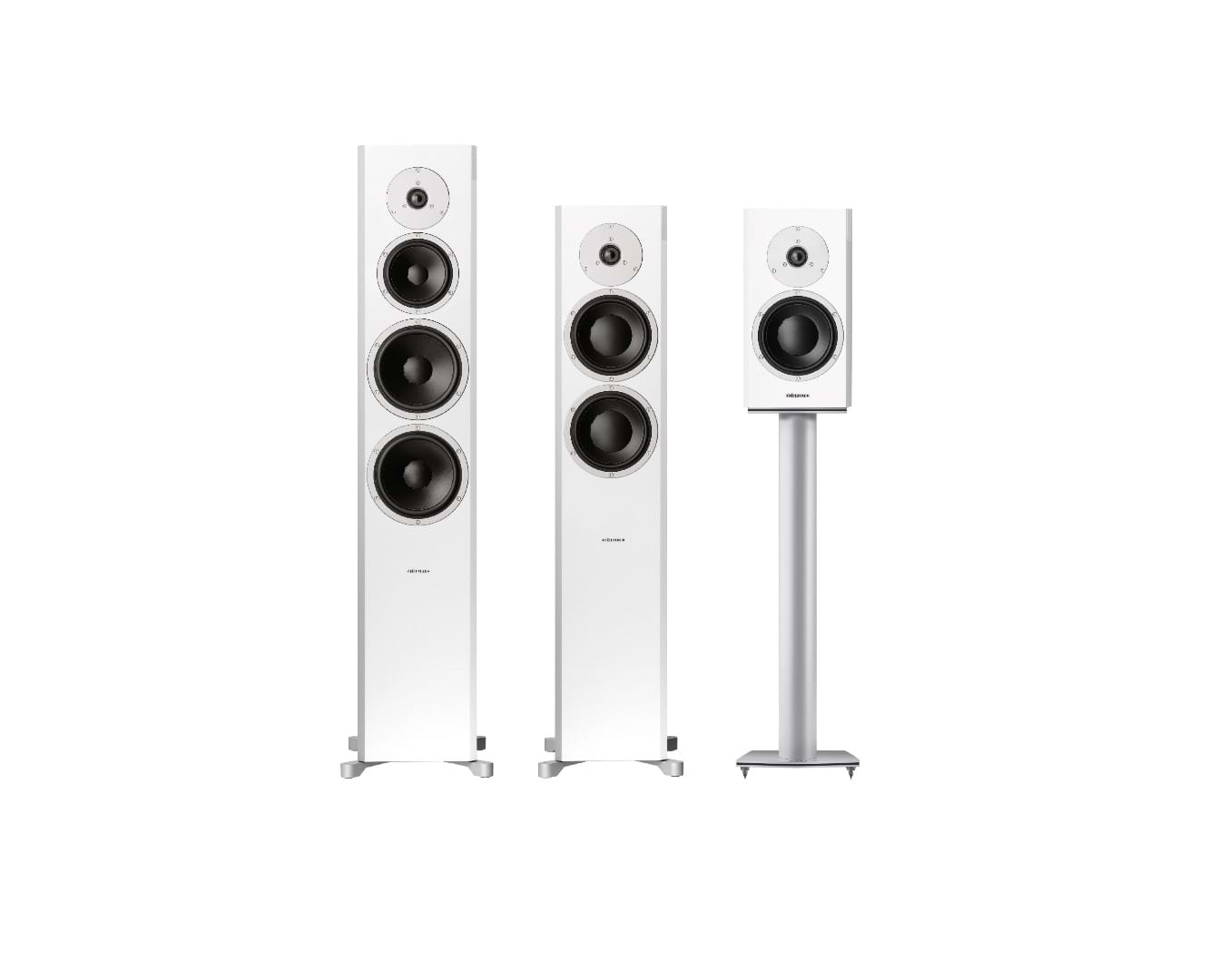
So out of respect for the artistry, and for what your own body needs - more and more people are getting into sound quality. I’m not going to be normative about what format they then choose. People are getting into vinyl. They say it sounds better. Which is good. I think there are many aspects of vinyl that are very problematic, but if it gives people more joy out of music - I’m encouraging that!
For me personally, I think it’s time to focus on the digital domain and removing everything that was wrong with the CD. Now that we can. We can stream any sample rate these days so we should. We should go back to the original, to what they created in the studio. Nothing less.
I’m not a big fan of the terms “high-res” or “24-bit” because those are deceptive audiophile marketeering terms. It’s not about hitting a certain sample rate or bit depth. It’s about going back to what they created in the studio. Recording is a very pragmatic process depending on time and budget merged with the creative forces of getting around barriers or exploiting a big white canvas.
- I just need to understand it better – what actually happens when in the process of compressing music?
When you create a lossy version of the original mastering file, the encoder does a simple job: It shaves off music information until it hits a specific data transport rate. That’s its only job. So it starts by cutting off top and bottom frequencies - simultaneous masking - and then looks at its transport rate. If the target is not met, it will carry on by shaving off bits before and after louder sounds - temporal masking - and pretend we won’t hear it. It will then look if it has met its target and carry on shaving more if it hasn’t. This goes on all until it never goes beyond 320 Kbps or 128 Kbps or whatever was the target data rate for the encoding.
One interesting thing is that when MP3 and AAC were designed, back in the 90s, a lot of the music was quite dynamic still. So an encoding doing a little bit of simultaneous and temporal masking could sound quite decent. For instance, a lot of CD material of classical music already transports at 5-700 Kbps so the amount of cutting off isn’t that bad. It can sound quite pleasant.
But since we now dynamically compress pretty hard everything that’s released - to be general and unfair -, the encoders have a hard time doing temporal masking. When there is no dynamics, it’s almost impossible to detect louder sounds you can shave things off from discretely. So it goes back to simultaneous masking and shaves more and more of the frequency spectrum.
What happens to the music when you do lossy encoding is that you create a lot of phase problems. You shift the room information and create a spatial experience that we thought we couldn’t hear, but we now know our brain detects and actually tries to repair. You get more tired listening to lossy because our brain is repairing spatial information that’s been messed with by the encoding.
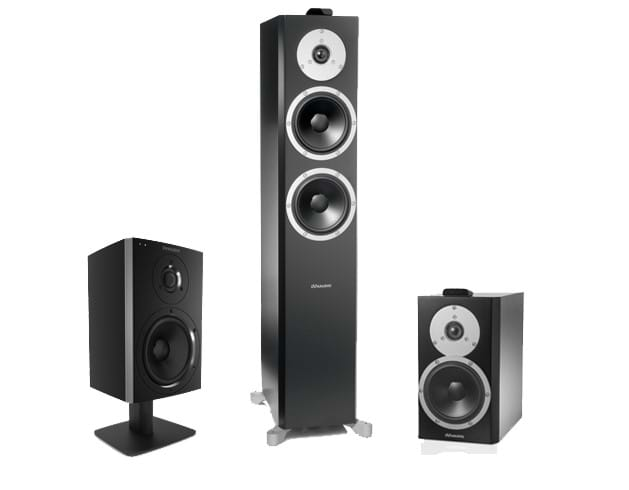
- So, how does lossless audio quality differ from the lossy, compressed MP3 format?
Lossless can be a vague term sometimes. If you are strict and want to discuss - air isn’t lossless. It will do things to sound. But we also use it as a term to differentiate from lossy encoding. So let’s use it as a term for audio that represents the original recording.
CD-quality can be referred to as the ground floor of this if you wish since so much music is prepared for 44.1/16. I see a lot of audiophiles laughing their heads off when people refer to CD-quality as "high-res”. In my book you can say lossless and quality audio starts with CD, regardless if it can be called “high-res” or not. It means no one intentionally shaved off things to make it fit into a tiny car. It’s the full original.
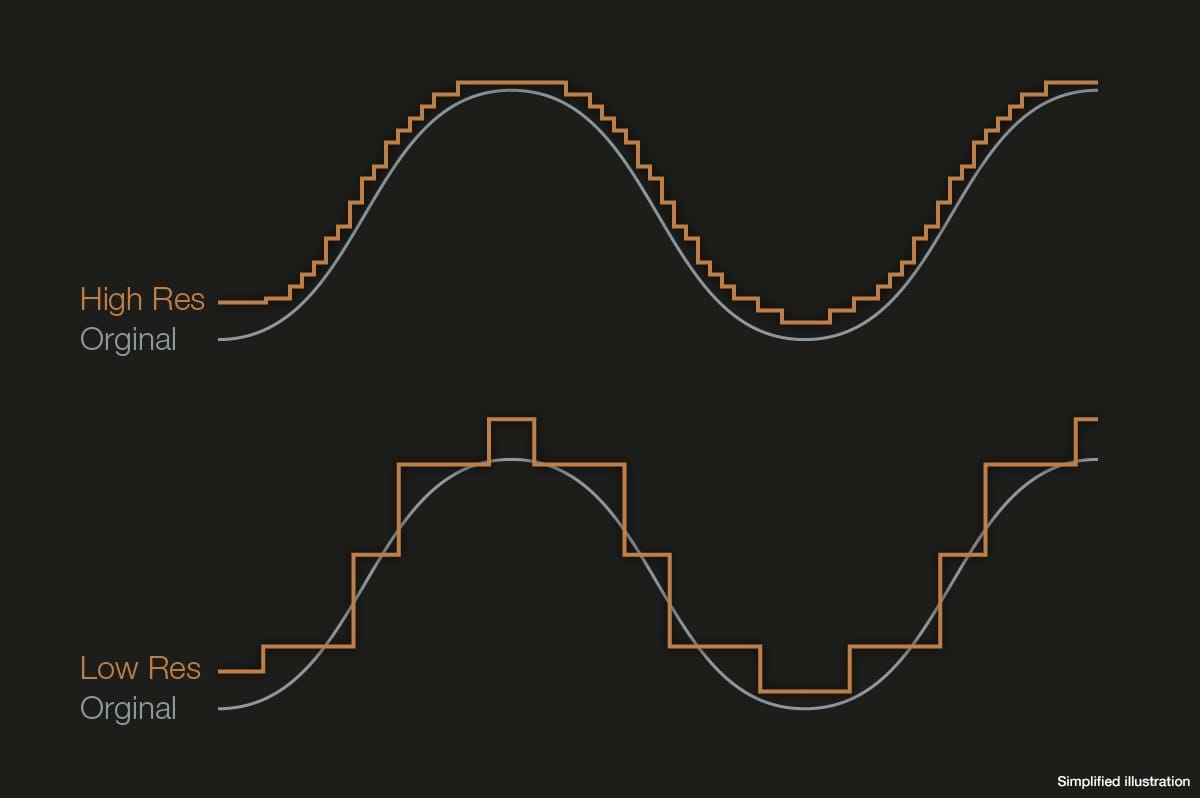
Lossy means you are willing to reduce the audio quality for the sake of transport. Lossless means you want to keep the audio quality for the sake of the music.
Read more about our newest digital speaker, the Xeo 2 here
- … and high fidelity?
High-fidelity sound can be a lot of things. The most important bit for me is to strive for a music experience, not only technical. Seek good music, recorded by skilled engineers and performed by great performers. Play it back on the best stuff you can afford and in a format that didn’t break things.
For some, this means replacing their white ear buds with something more decent, for others the sky is the limit.
Sign up to get more great articles
Nothing compares to the satisfaction of knowing – for a fact – that something is as good as it gets


